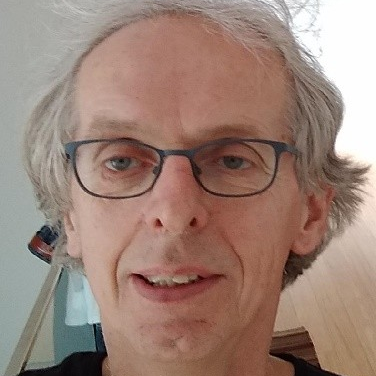3D-City Models and Remote Sensing: Acquisition, Processing and Application
A special issue of Remote Sensing (ISSN 2072-4292). This special issue belongs to the section "Remote Sensing Image Processing".
Deadline for manuscript submissions: closed (30 September 2019) | Viewed by 12202
Special Issue Editor
Interests: remote sensing; photogrammetry; 3D reconstruction; change detection; development and application of spatial algorithms
Special Issues, Collections and Topics in MDPI journals
Special Issue Information
Dear Colleagues,
Remote sensing is a prominent data source during the acquisition of 3D city models. It is safe to say that the majority of the currently available 3D city models would not exist without the contribution of remote sensing products such as aerial photographs or LIDAR point clouds. At the same time, however, remote sensing offers a wide range of other data sources, which is going largely unnoticed in the 3D city modelling context.
The goal of this Special Issue of Remote sensing on 3D city models is to investigate further relationships between the subjects. We invite papers addressing the integration of remote sensing into 3D city models during the entire chain of acquisition, processing and application.
During the acquisition phase, data fusion issues might be addressed, where highly detailed 3D urban geometry would be integrated with data from, for example, hyper-spectral, thermal or microwave 'remote sensors'.
In the processing phase, techniques known from remote sensing might be applied for modelling or simulating 3D city scenarios. Examples of such techniques could include interferometric SAR, or 3D extensions of parameter retrieval, NDVI modelling and image classification.
Applications of integrating remote sensing with 3D city modelling would include all those analyses where detailed 3D geometry from city models with features extracted from remote sensing data leads to new insights. They might range from urban water management, combining 3D topography with soil permeability, via deformation analysis where persistent scatterers are localized in 3D models and tracked through time, to urban heat island modelling, simulating shortwave and longwave radiation being absorbed, emitted and reflected at surfaces of terrain, building and vegetation objects in a 3D model.
The above examples are not meant to be restrictive in any way. We are looking forward to publishing striking examples of symbiosis of remote sensing and 3D city modelling in an attempt to bring the respective communities closer together and demonstrate the added value of integrating their efforts.
Dr. Ben Gorte
Guest Editor
Manuscript Submission Information
Manuscripts should be submitted online at www.mdpi.com by registering and logging in to this website. Once you are registered, click here to go to the submission form. Manuscripts can be submitted until the deadline. All submissions that pass pre-check are peer-reviewed. Accepted papers will be published continuously in the journal (as soon as accepted) and will be listed together on the special issue website. Research articles, review articles as well as short communications are invited. For planned papers, a title and short abstract (about 100 words) can be sent to the Editorial Office for announcement on this website.
Submitted manuscripts should not have been published previously, nor be under consideration for publication elsewhere (except conference proceedings papers). All manuscripts are thoroughly refereed through a single-blind peer-review process. A guide for authors and other relevant information for submission of manuscripts is available on the Instructions for Authors page. Remote Sensing is an international peer-reviewed open access semimonthly journal published by MDPI.
Please visit the Instructions for Authors page before submitting a manuscript. The Article Processing Charge (APC) for publication in this open access journal is 2700 CHF (Swiss Francs). Submitted papers should be well formatted and use good English. Authors may use MDPI's English editing service prior to publication or during author revisions.
Keywords
- 3D City Models
- Multi-sensor
- Data Fusion
- Simulation
- Geometric modelling





